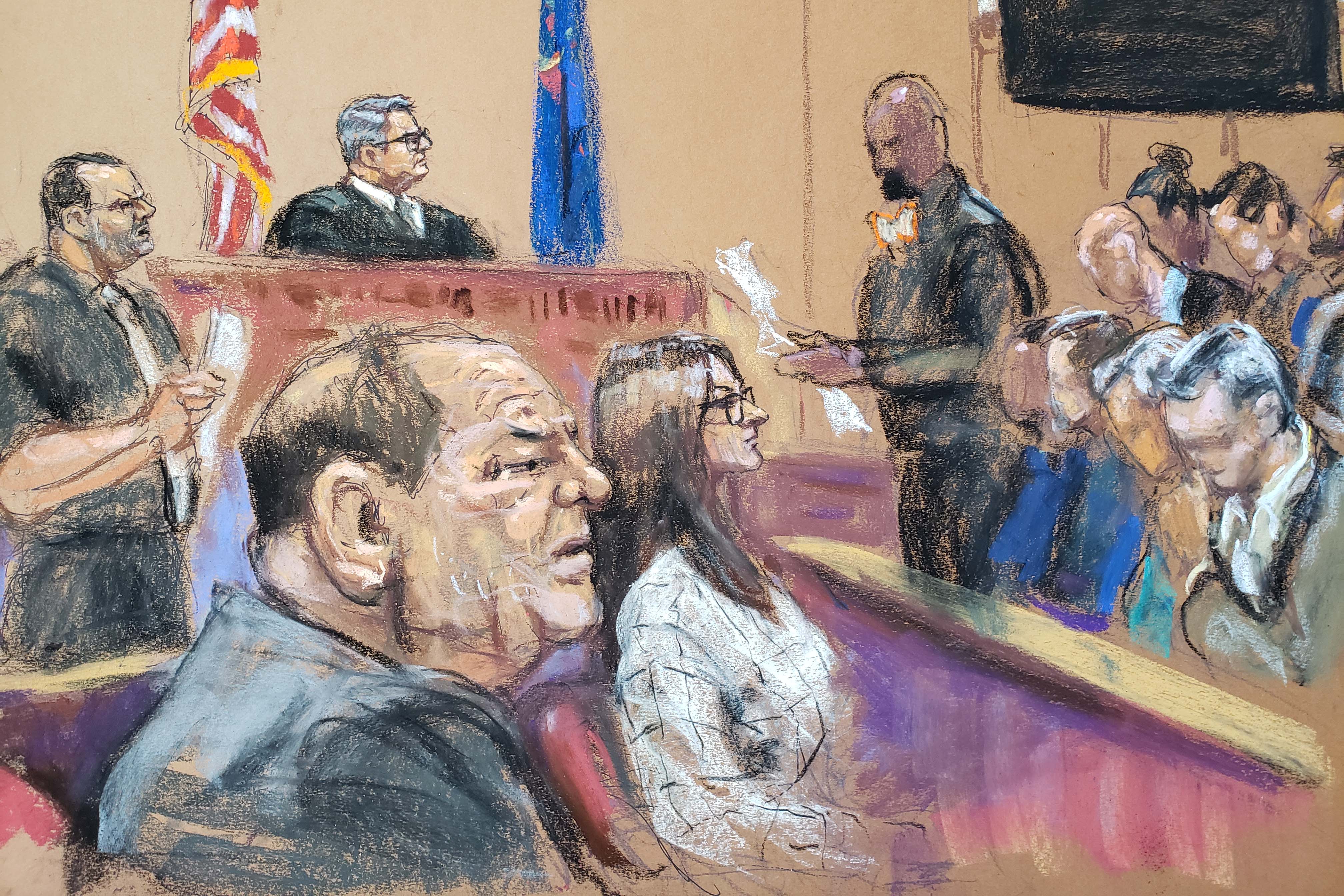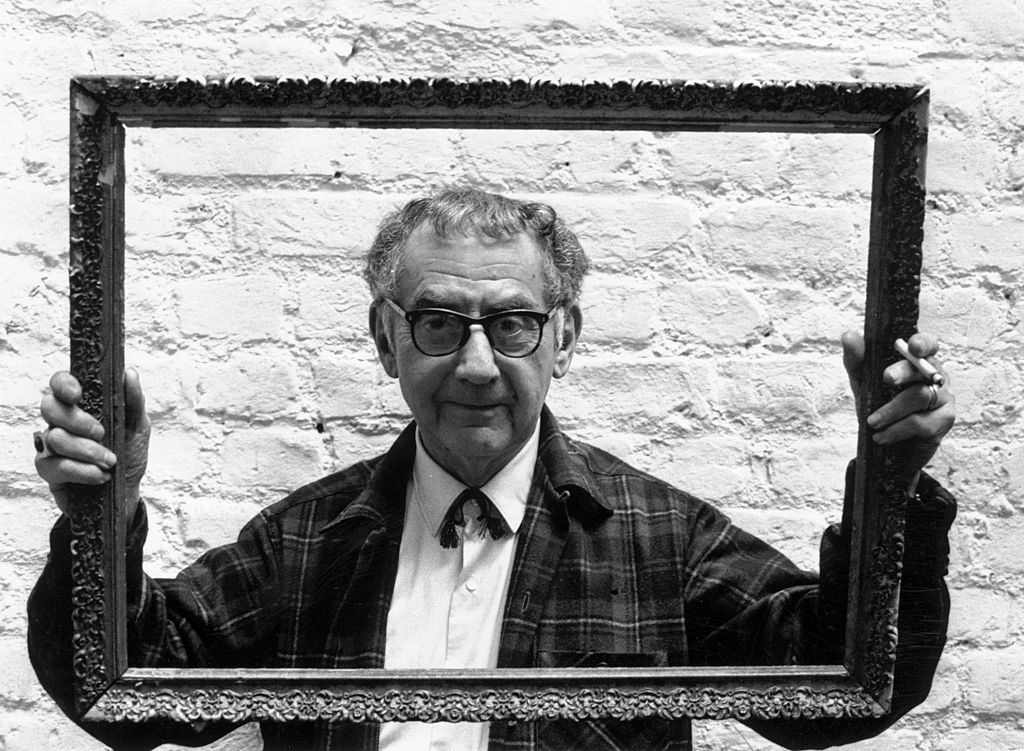As we take in what seems to be a golden age of documentaries focusing on a wide array of subjects, filmmakers chronicling the works of visual artists have an especially difficult task at hand. Some, like Michael Almereyda in William Eggleston in the Real World, adopt an aesthetic that echoes that of their subject. But what would a documentary that approximated the visual style of M.C. Escher look like? Would such a thing even be possible without the aid of sophisticated VR headsets and (possibly) strong hallucinogens?
The new film Escher: Journey Into Infinity — produced by Marijnke de Jong and directed by Robin Lutz — offers one path for neatly chronicling a distinctive visual artist’s work. In between images of Escher’s art (some of which has been animated for the screen), the filmmakers also make expansive use of Escher’s own writings, read in the dulcet tones of Stephen Fry.
The film begins with a quote from Escher about the challenges of adapting his work for the screen. “I am afraid there is only one person in the world who could make a good film about my prints; me.” It’s a bold declaration from Escher, and a bravura decision for the film’s opening, essentially taking up the artist’s challenge.
“When we found Escher’s quote we looked at each other and decided: let us try to make this film, so many years after his death!” de Jong tells InsideHook. “Of course it gave us a feeling of great responsibility, as we realized that, in the end, what he was telling was selected by us, out of all the material we had.”
The materials in question included Escher’s private writings, never intended for public consumption. It was through reading them, de Jong explains, that she and Lutz “gathered enough confidence to tackle it this way.”
Both de Jong and Lutz were exposed to Escher’s work at an early age. Lutz’s father worked as a graphic artist, and the school Lutz attended as a child abounded with posters of Escher’s work on the classroom walls. For her part, de Jong had a poster of Day and Night on her wall growing up, and has fond memories of family activities involving Escher’s kaleidocycles.
The filmmakers opted to tell Escher’s life story chronologically, focusing on how his distinctive style was shaped by art and architecture. This included glimpses of everything from the house where he grew up to the Alhambra in Spain, a space whose ornate tilework played a part in Escher’s development. The placement of footage of the palace in the film feels like a revelation. For the filmmakers, it served a similar role. “It helped to understand how he worked and developed his tessellation systems,” de Jong notes.
Stephen Fry’s narration helps to make the film an inviting and lucid space. For de Jong, that aspect of the film arose organically. “The director of the Escher Foundation came up with the idea to ask Stephen Fry when we were looking for an excellent voiceover,” she recalls. “We just phoned him and he immediately agreed to do the job, as he loves Escher. So we went to London and met him in the studio. He was very well prepared and did an excellent job.”
The filmmakers opted to take a chronological approach when telling the story of Escher’s life. De Jong notes that the film “can roughly be divided into a period in which [Escher] was very happy and looking to the outside world (Italy, Spain) and the period starting in World War II, when he lived rather isolated in The Netherlands, could not travel and had to look into himself for inspiration.” The section of the film describing Escher in isolation lands with a particular intensity during a time when so many people have remained isolated and indoors.
Escher’s work ended up influencing the film’s structure as much as its images. “In his private documents he was writing about his feelings and his emotions, and we combined his words with his works and the events in his life,” de Jong says. “But we also wanted, in his ‘tradition,’ to make a story without a beginning or an ending. So that is why we started and ended with his influence on so many people, especially youngsters.”
The way Escher’s images are filmed in the documentary — sometimes static and sometimes in motion — make for some of the film’s most visually striking scenes. In his review of the documentary, critic Matt Zoller Seitz praised this approach. “Lutz and his team have found a cinematic analogy for the movement of the eye over static pictorial art reproduced in a book or hanging on a museum wall,” he wrote. “The movie is especially good at evoking that “wow” moment when you realize that a thing you were looking at has turned into another thing.”
As Lutz phrases it, finding the right visual component was critical. “The works by Escher are very well known all over the world and are compelling by themselves due to the impossible worlds they create,” he says. “What we enjoyed doing extra was to ‘fulfill’ one of Escher’s wishes: to make an animation of his Metamorphosis, and to add drawings and studies to show how he was working and puzzling for months.”
In doing so, they confronted one of the paradoxes of Escher’s life — how he thought of his work compared with how it was received. “Although he sometimes called himself a mathematician, he did not understand much of mathematics and figured his works out by a kind of instinct and much persistence to get on paper what he had in his head,” Lutz adds.
The paradoxes of M.C. Escher are particularly on display when the film explores the ways in which rock musicians in the 1960s and 1970s gravitated to his work — something that left Escher taken aback. Graham Nash discusses his own experiences with Escher and his work, and Escher’s interactions with Mick Jagger also come up in the film. M.C. Escher’s work covers a wide breadth of imagery; what this new documentary proves is that his life encompassed a similarly wide array of geography and experiences.
This article was featured in the InsideHook newsletter. Sign up now.





















